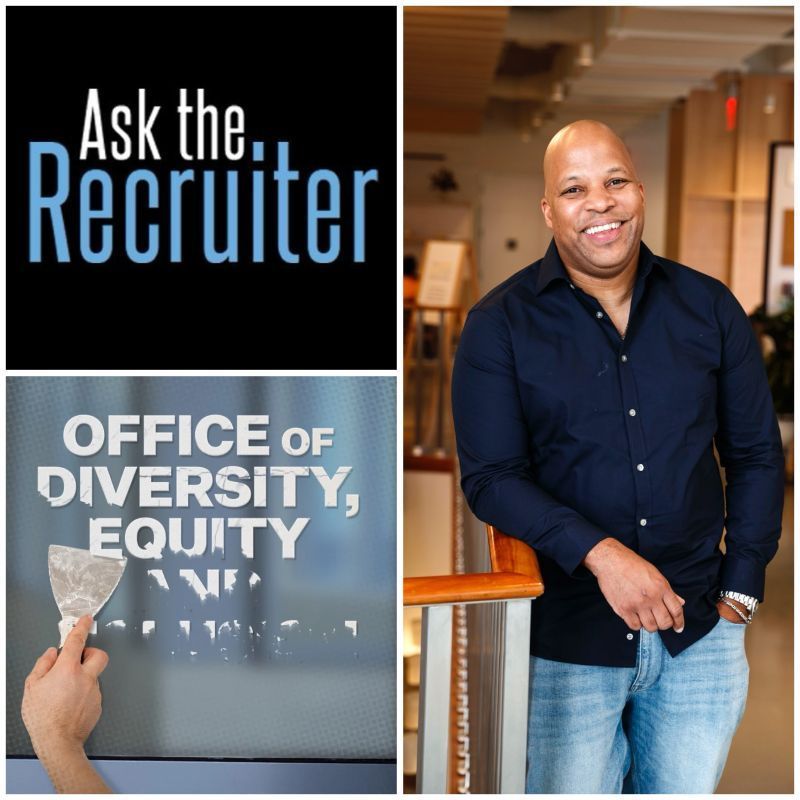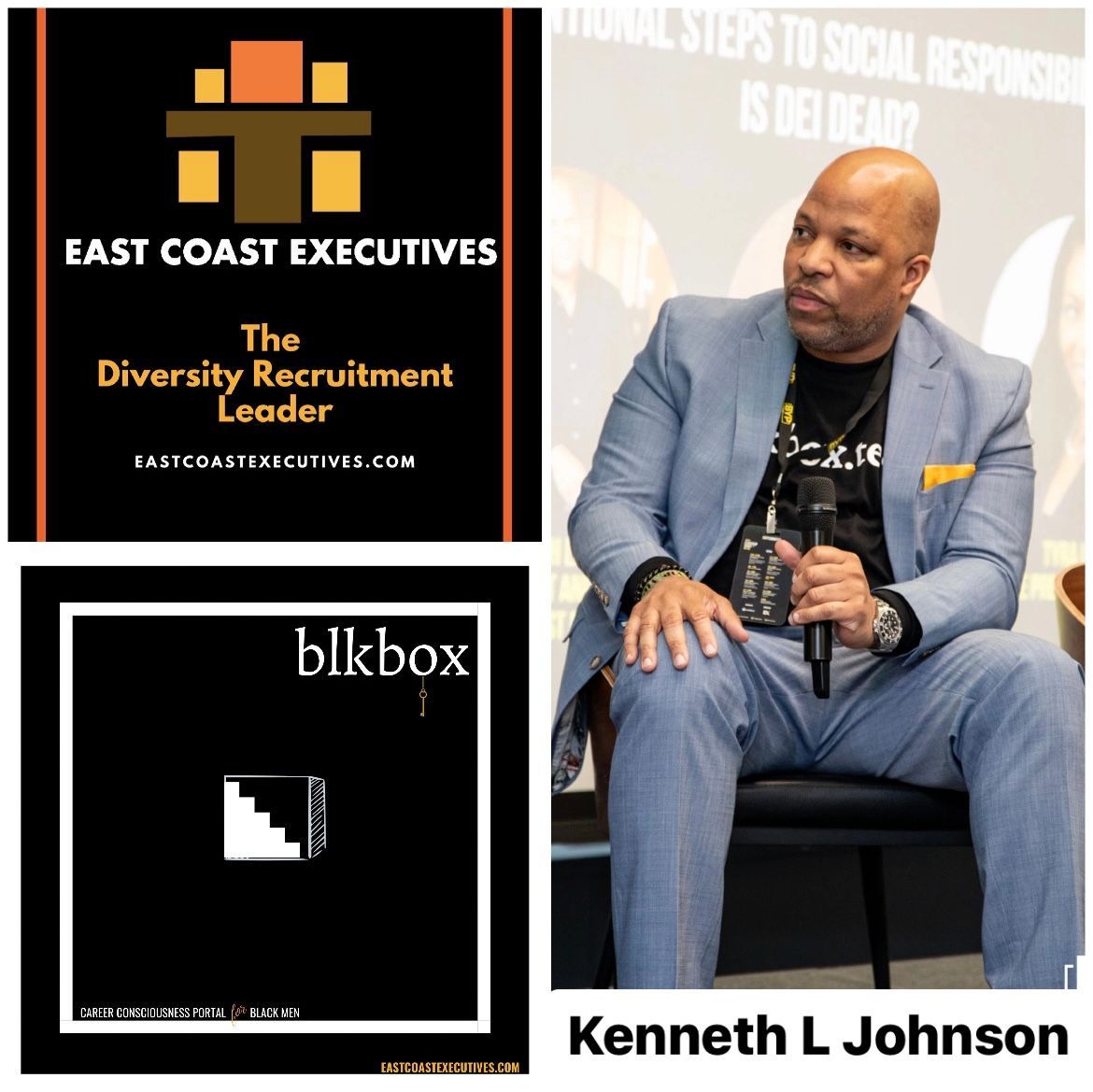Job Search Survival 3.0

By: Kenneth L. Johnson
For those interested in finding suitable work or advancing their careers, establishing your brand is as much a part of the process as the process itself. In the current “Web-Based-Social Media Crazed” world we live in people assume this means simply establishing a consistent and professional on-line persona.
As much as I have found LinkedIn, Facebook and Twitter to be excellent resources for the advancement of one’s brand, I’m more concerned about the kinks in the “traditional” job seeker suit of armor (Cover Letter, Resume, Interview & Follow up) that have served to be a very revealing indicator of how fit the brand of a potential candidate is and how it will hold up to "Hiring Manager Pressure".
Here are three (3) things that can do immeasurable harm to your “employment brand fitness” and prevent you from being the candidate that is tapped to be “the ideal fit”.
1. Spelling and Grammatical Errors: Although it seems somewhat juvenile to mention this as a career seeker problem---it definitely is. I see countless resumes daily that I immediately delete due to these errors. A simple spell check can go a long way.
2. An Unrehearsed Story: Today I spoke with a candidate that emailed a resume to East Coast Executives detailing his past 10 years of employment. Upon review of the document, I called the person and asked the question--- “Tell me about your career progression?” He was unable to clearly give explanations for career transitions and periods of unemployment. This led to me believing that he was hiding something and subsequently placing his resume in the “Rejection Letter” file. It is imperative that you be able to explain your work history seamlessly when asked. Practice makes perfect.
3. No Career Plan: “What is “IT” that you are looking to do?” It amazes me that people embark on a job search with no clear idea of what position title or career path evokes their passion and presents a unique match to their skills. This approach is equivalent to getting into your car, pulling up the GPS and not entering a destination. You may not believe it but chances are that you’re going to get lost. The Job Search 3.0 requires that you be able to articulate your plan for your career.















